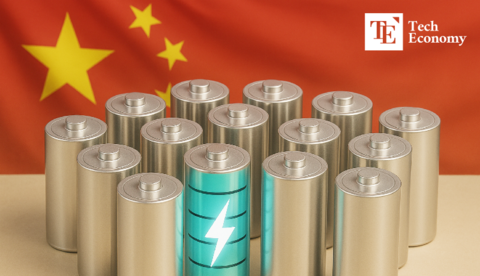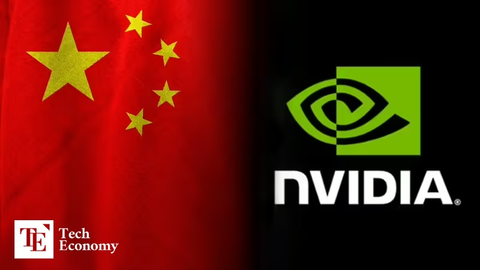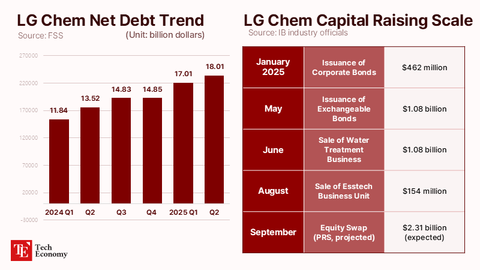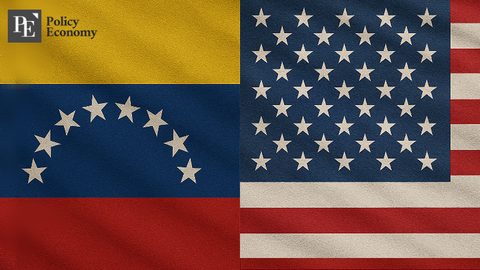Warning Signs of Recession Amid Corporate 'China Exodus': The Dilemma of Decoupling Without a 'Post-China' Alternative
Input
Modified
"U.S.-China Hegemony Battle Sparks Tariff Shock" Manufacturers and Suppliers Accelerate 'China Exodus' Will the Title of 'World's Factory' Shift to India?"
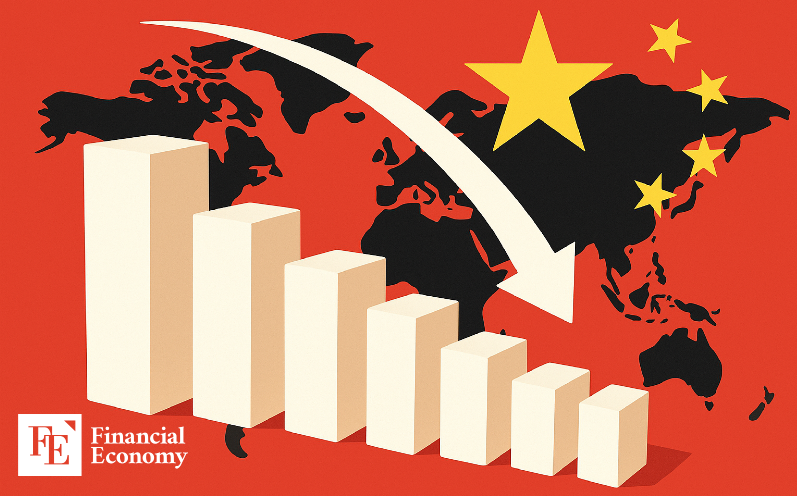
A silent storm is sweeping through the global economy as multinational corporations scramble to relocate production bases away from China. What began as a cautious "China plus one" strategy — sourcing additional suppliers outside China to supplement existing networks — has evolved into a full-fledged movement to shift manufacturing altogether. However, as companies accelerate their exit, they find themselves facing a daunting dilemma: there is no clear successor to China’s unparalleled manufacturing ecosystem. Amid escalating costs, political pressures, and deep-rooted supply chain dependencies, warning signs of a global recession are growing ever louder.
Tariff Shocks Speed Up Supply Chain Realignment
The Trump administration’s aggressive trade policies have injected a new sense of urgency into the corporate exodus. According to a report from S&P Global Market Intelligence released on April 27, U.S. Vice President J.D. Vance visited India on April 22 to discuss potential trade agreements with Prime Minister Narendra Modi, signaling the full-fledged rollout of Washington’s new economic doctrine. Following the administration’s inauguration, most imports into the United States have either already been subjected to new tariffs or are poised to face additional levies by July.
The sweeping tariff measures impose rates of over 20% on imports from America's five largest trading partners — Mexico, China, Canada, Germany, and Japan — accounting for nearly half of all U.S. imports in 2024, a trade volume totaling $1.666 trillion. Particularly devastating are tariffs exceeding 100% on Chinese goods, forcing companies to urgently reconfigure their supply chains and reconsider long-term strategic bases.
Faced with this upheaval, many multinational corporations are embracing "reallocation of product flows" as a critical short-term survival tactic. Companies that previously manufactured goods in China for the U.S. market are now diverting these products to other international markets and supplying American consumers from countries with lower tariff burdens. However, this rapid reallocation underscores the complex challenges of achieving a true structural decoupling from China.
Several companies are already adjusting their strategies. Heineken Holding, the Dutch brewing giant, preemptively shipped surplus beer to U.S. warehouses to hedge against impending tariffs, while consumer goods manufacturer Kimberly-Clark is actively exploring alternative supply channels. Technology giant Apple is perhaps the most ambitious, fast-tracking its supply chain diversification efforts. According to the Financial Times, Apple plans to source over 60 million iPhones sold annually in the United States exclusively from India by the end of 2026. The administration’s initial plan to impose a 26% reciprocal tariff on Indian goods was suspended for 90 days, and crucially, electronics such as smartphones and PCs were exempted altogether — a critical opening for Apple’s India strategy.
This ambitious goal marks a significant departure for a company that spent two decades building the world’s most sophisticated manufacturing ecosystem in China, fueling its growth into a $3 trillion technology powerhouse. Daniel Newman, CEO of market research firm Futurum Group, emphasized that this relocation would be crucial for Apple’s future, pointing out that the shift to India would play an important role in preserving the company's growth trajectory and competitive momentum.
No Country Can Surpass China in Cost and Production Capacity
Yet, despite these aggressive efforts, industry experts widely caution that a complete withdrawal from China remains a formidable challenge. In 2024 alone, Apple sold 28% of its global iPhone shipments — around 232.1 million units — in the U.S. To replace all U.S.-bound iPhones with Indian production, Apple would need not only to expand final assembly operations but also to reconstruct a complex supply chain that remains deeply entwined with China.
Currently, while Apple’s contract manufacturers like Foxconn and Tata Electronics are expanding their Indian operations, hundreds of critical components are still being sourced from Chinese suppliers. This partial relocation reveals the difficulties of achieving true supply chain independence. Craig Moffett, an analyst at MoffettNathanson, noted that although relocating assembly lines to India is a major step, the underlying supply chain remains firmly rooted in China. He also warned that efforts to fully relocate production could face direct resistance from Chinese authorities, citing recent reports that Apple encountered delays and obstructions when attempting to export critical testing equipment from China to India.
This entanglement is not unique to Apple. A Goldman Sachs report highlighted that 36% of goods imported by the United States from China, valued at approximately $158 billion, fall into categories where China controls over 70% of global supply. Industries such as telecommunications, construction, manufacturing, machinery, and electrical equipment are especially dependent on Chinese manufacturing, leaving U.S. importers with limited options for rapid diversification even under steep tariff pressure.
Data from the U.S. International Trade Commission further drives the point home: over 70% of PC monitors and smartphones and 66% of laptops imported into the United States in 2024 originated from China, making the notion of full supply chain decoupling extremely difficult in practice.
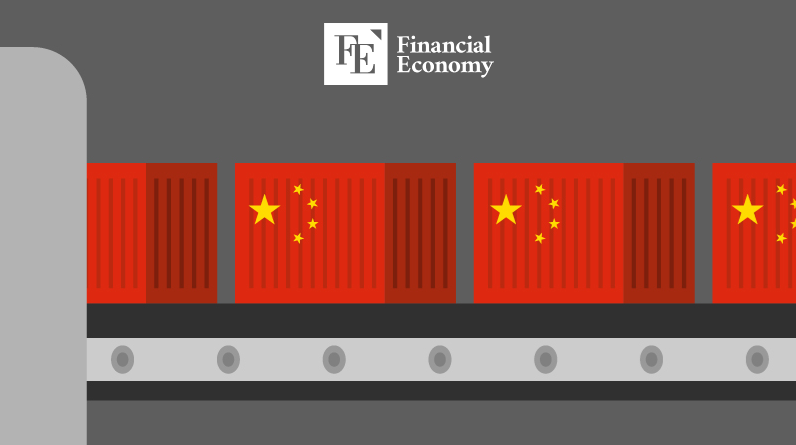
Political Obstacles and the Absence of a Post-China Alternative
Beyond economic challenges, political realities also complicate the decoupling process. According to the China-focused consulting firm Gavekal Dragonomics, many blue-collar workers who rallied behind Trump during the 2024 presidential election are employed in sectors such as construction, automobile manufacturing, and textiles — industries heavily reliant on Chinese parts. The firm warned that tariffs disrupting these sectors could erode political support for the decoupling agenda, highlighting that economic hardship could rapidly translate into political backlash.
At a deeper structural level, even as companies accelerate their exit from China, experts argue that no country yet matches China's unique blend of infrastructure, supplier networks, and labor force efficiency. Mario Morales, an analyst at market research firm IDC, stressed that moving manufacturing lines elsewhere could be both riskier and significantly more expensive. He estimated that pulling out of China could increase supplier costs by as much as 15%. Morales further observed that it is extraordinarily difficult to compete with Chinese manufacturing power, emphasizing that no other nation can currently surpass China when it comes to production cost, volume, or delivery speed.
In the final reckoning, the global "China exodus" continues to gather steam, but it remains trapped in a profound strategic dilemma. Companies may be rushing away from China — yet they do so without a true alternative destination, exposing themselves to rising costs, supply chain vulnerabilities, and mounting political uncertainty. As these structural cracks widen, the ominous signs of a deeper global recession grow ever more difficult to ignore.

